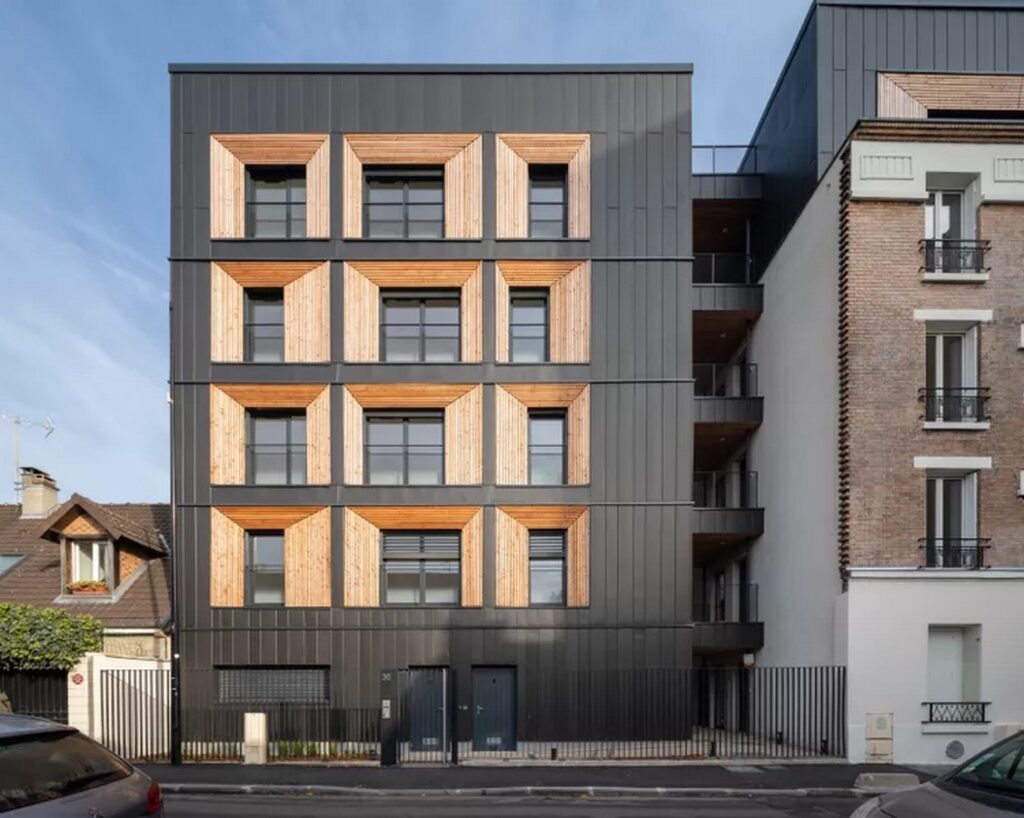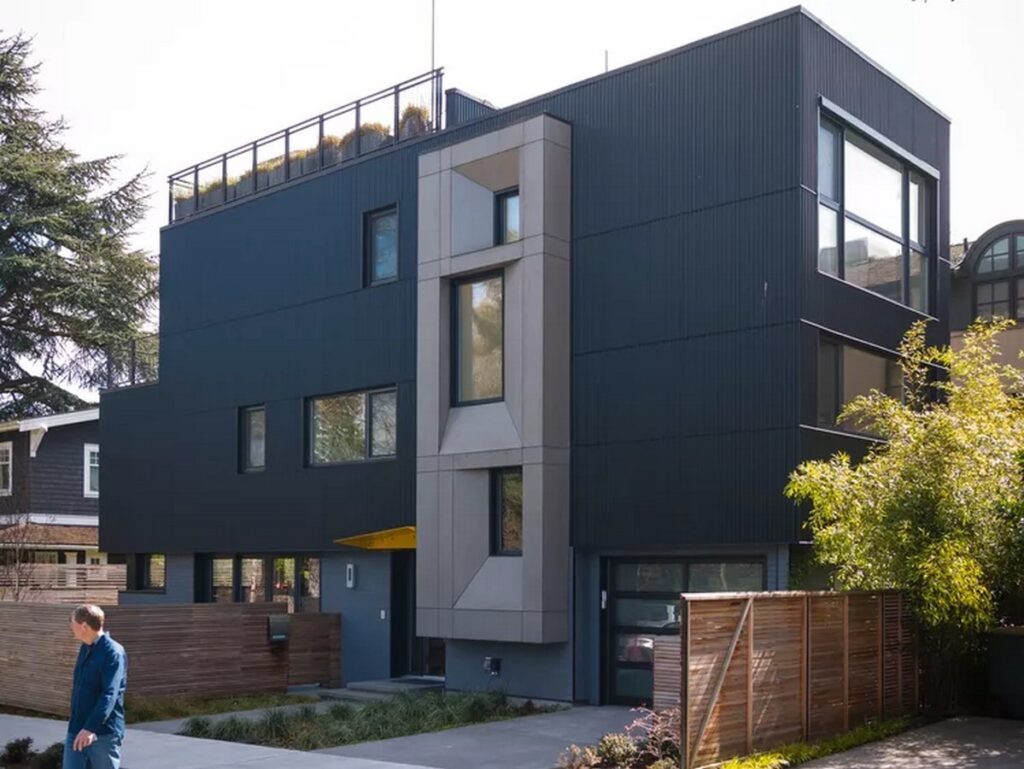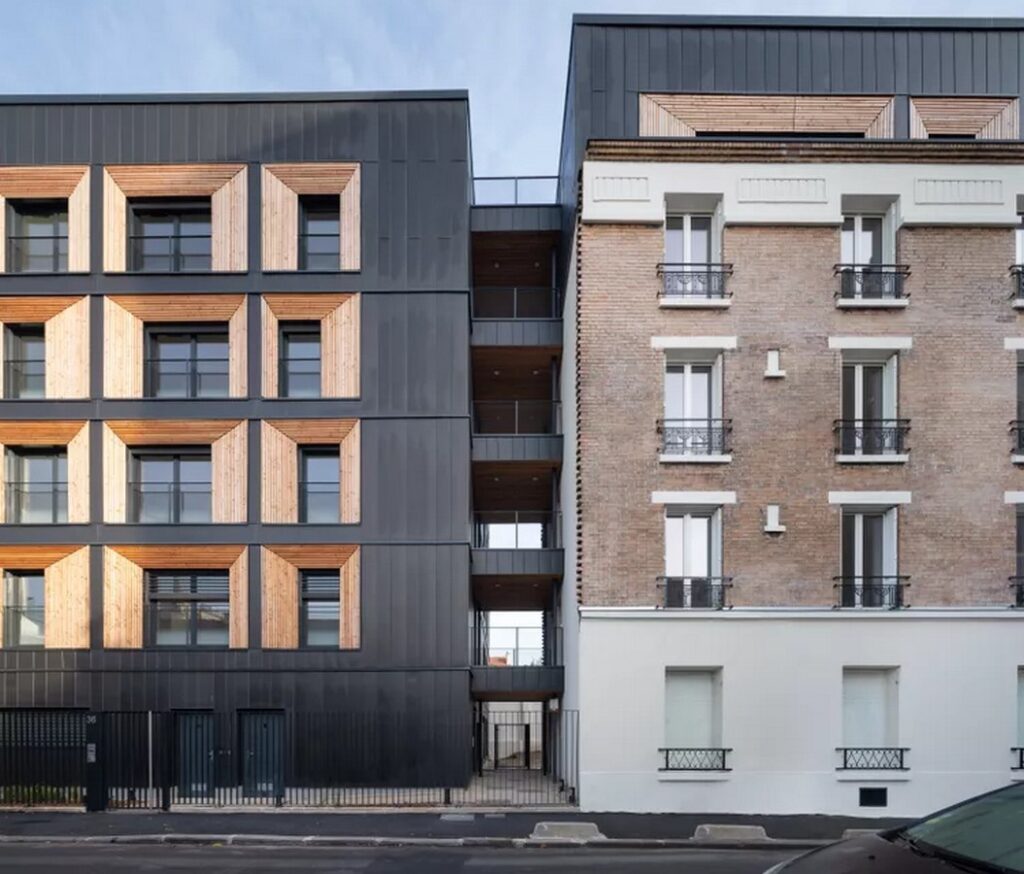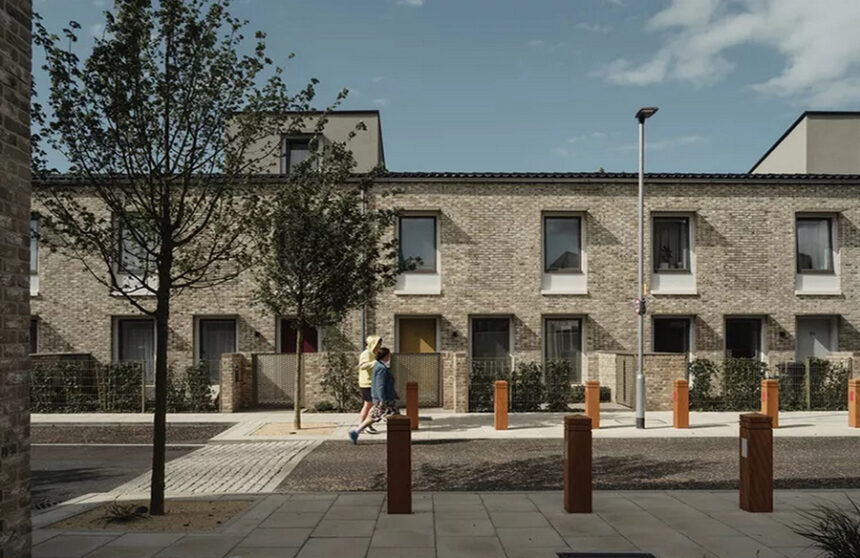In the realm of modern architecture, the allure of expansive windows is undeniable. They flood interior spaces with natural light, offer captivating views, and create an open, airy atmosphere. However, as architects strive to design buildings that are energy-efficient and sustainable, the size and placement of windows become critical considerations.

The Energy Efficiency Challenge
Energy-conscious design often requires a departure from the traditional notion of large, floor-to-ceiling windows. While these expansive openings contribute to visual appeal, they also pose significant challenges in terms of thermal performance and energy consumption. High-quality windows can be expensive, and even the most advanced glazing technologies may not match the energy efficiency of a well-insulated wall.
Innovative Design Solutions
In response to this dilemma, architects have begun exploring alternative approaches to window design. One such strategy involves incorporating large window frames that surround smaller window openings. This technique, demonstrated in a residential building renovation in Aubervilliers, France, creates visual interest while minimizing heat loss and maximizing energy savings.

Aesthetic Considerations
The design of the window frames is not merely a functional choice but also a deliberate aesthetic decision. By contrasting materials and textures, architects can create a dynamic interplay between light and shadow, solid and void. The result is a facade that balances the modernity of anthracite zinc with the warmth of slatted wood, adding visual depth and complexity to the building’s exterior.
Lessons from Passive House Design
Similar design principles have been applied in certified Passive House projects, where energy efficiency is paramount. In instances where large windows are impractical from a thermal perspective, architects have opted for smaller window openings surrounded by setback panels or textured brick elements. These features enhance the perceived scale of the windows while maintaining strict energy performance standards.
Embracing Design Simplicity
Ultimately, the key to successful window design lies in striking a balance between form and function. Rather than prioritizing size over efficiency, architects are encouraged to approach window design from an inside-out perspective. By carefully considering the desired views and daylighting requirements, designers can optimize window sizes while minimizing energy loss.

Framing the View
Just as a picture frame complements and enhances the artwork it encloses, window frames serve as visual anchors within architectural compositions. The choice of frame materials, profiles, and proportions can significantly influence the overall aesthetic of a building facade. In the case of the Aubervilliers renovation, the substantial window frames serve as a cohesive element that ties the design together.
Conclusion
As architects continue to grapple with the challenge of balancing aesthetics and energy efficiency, innovative approaches to window design will play a crucial role in shaping the built environment. By reimagining windows as both functional apertures and design features, architects can create buildings that are not only visually striking but also environmentally responsible and sustainable for future generations.







Leave a Reply